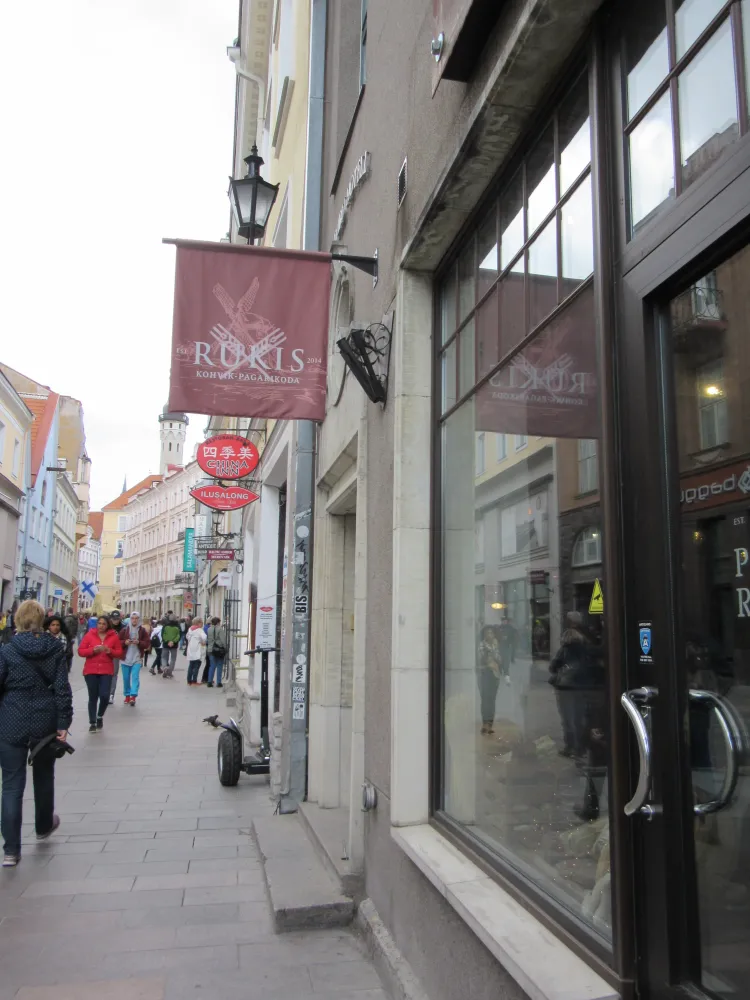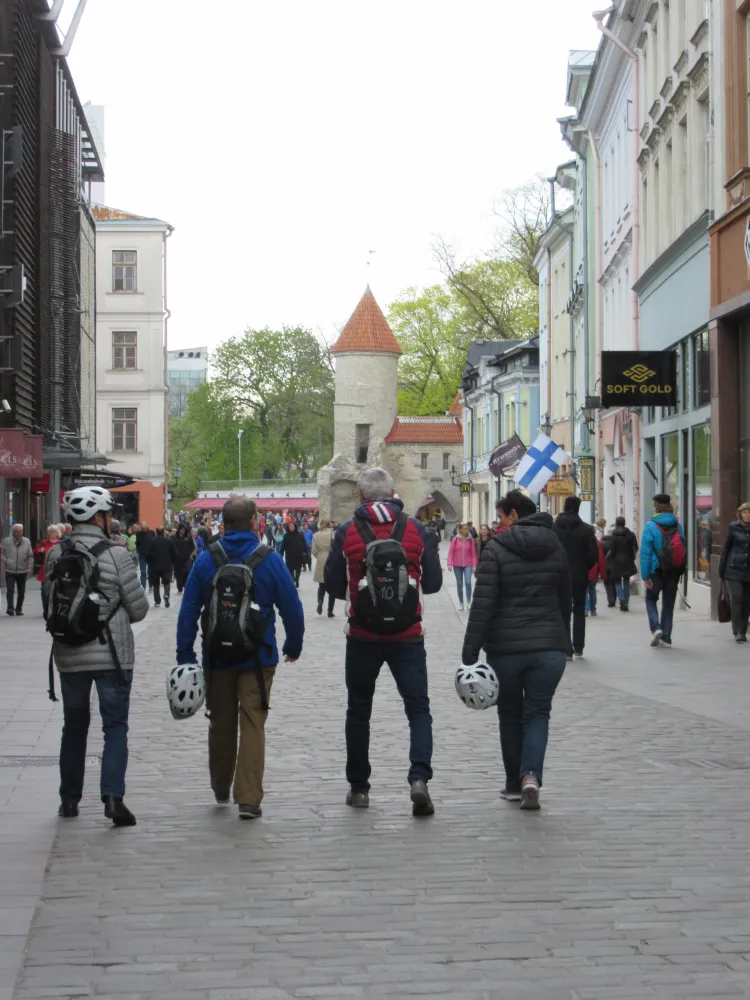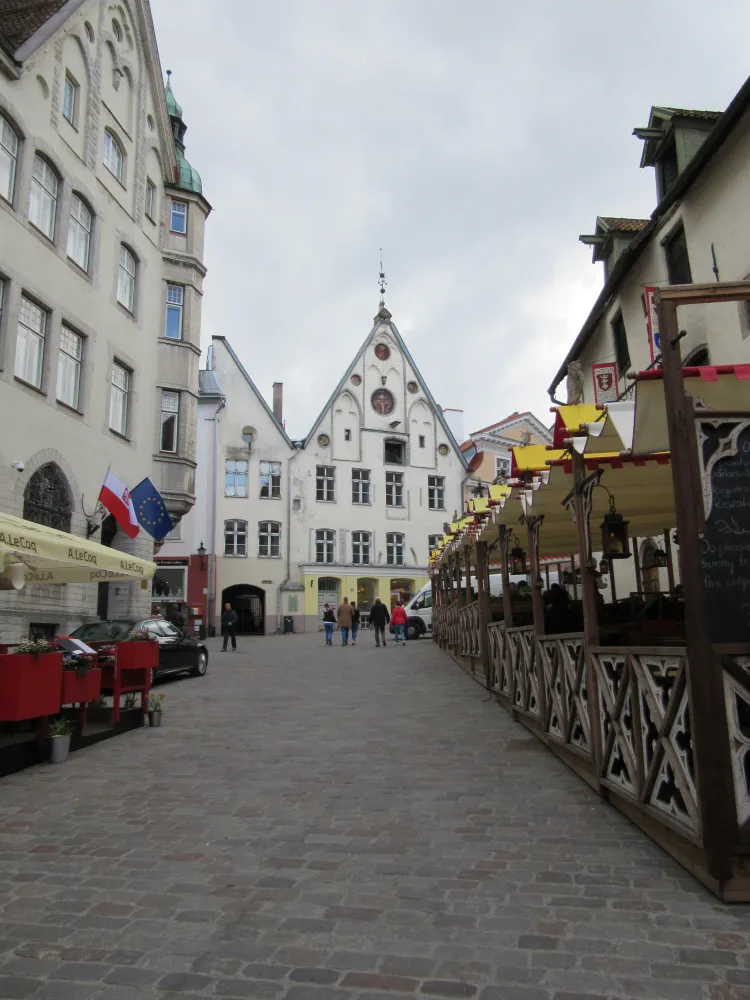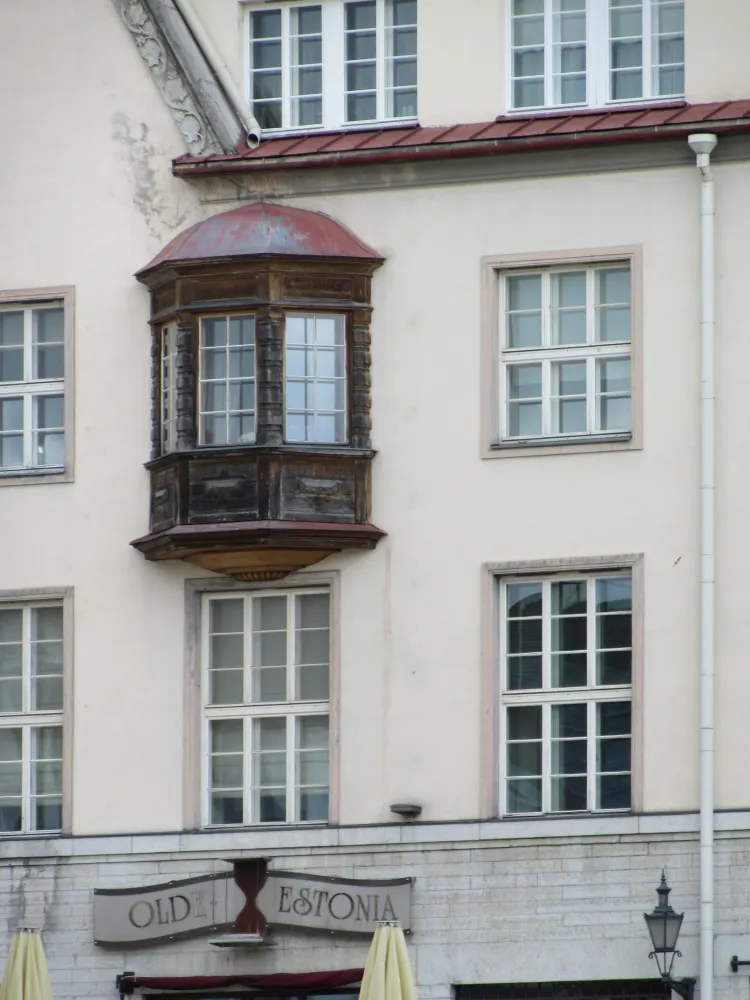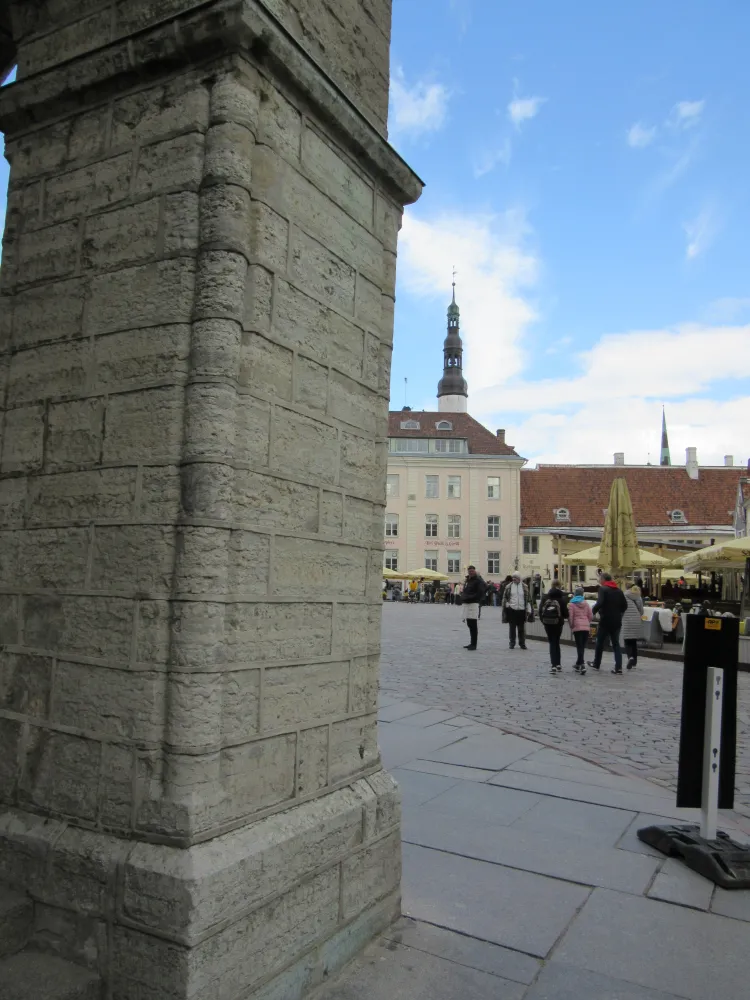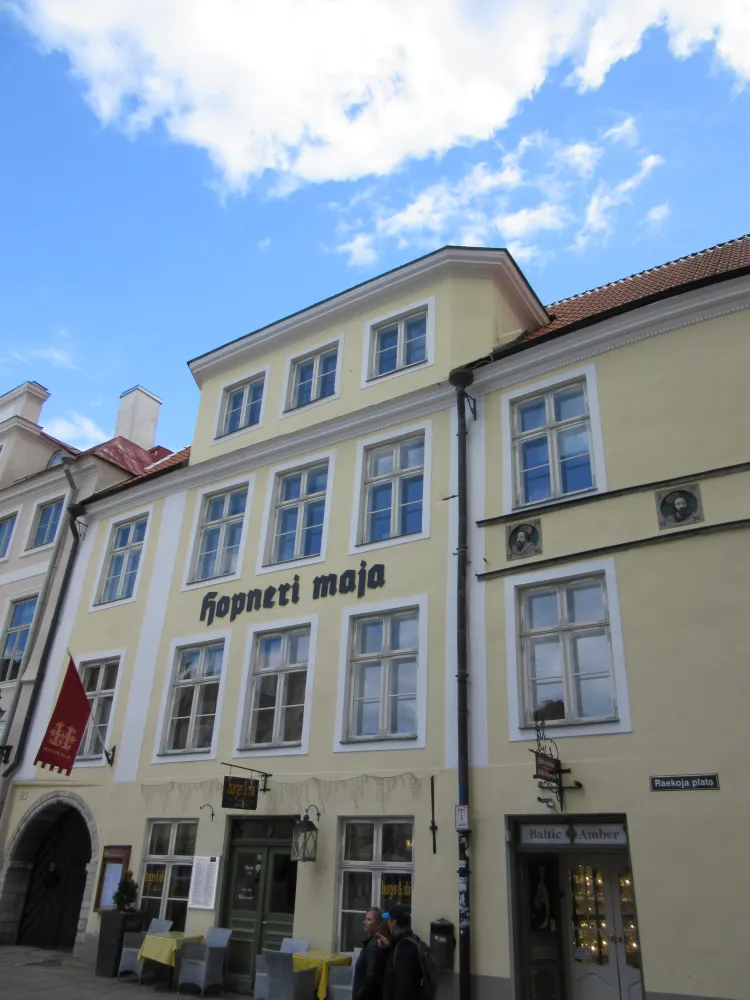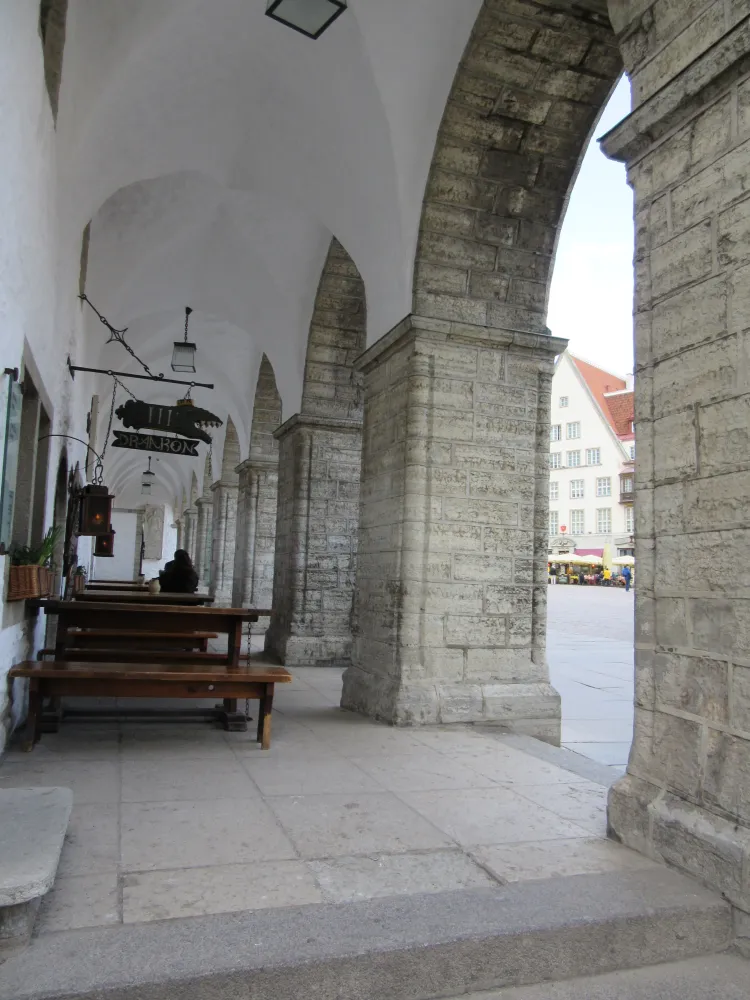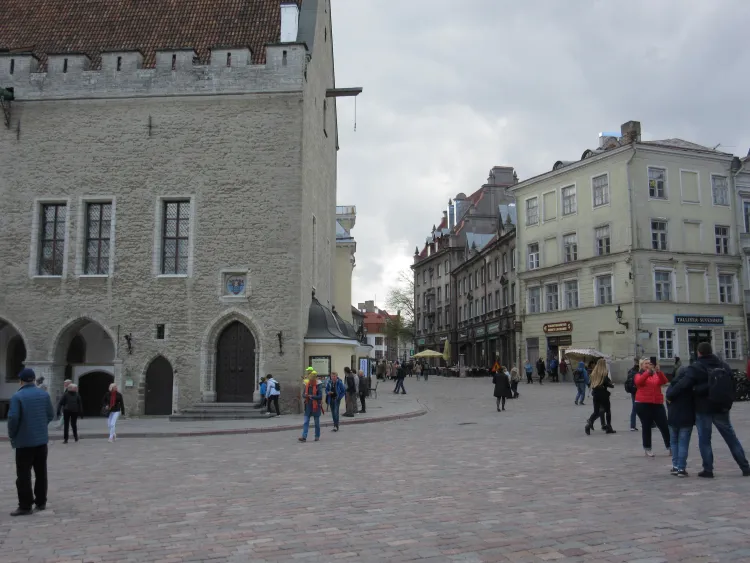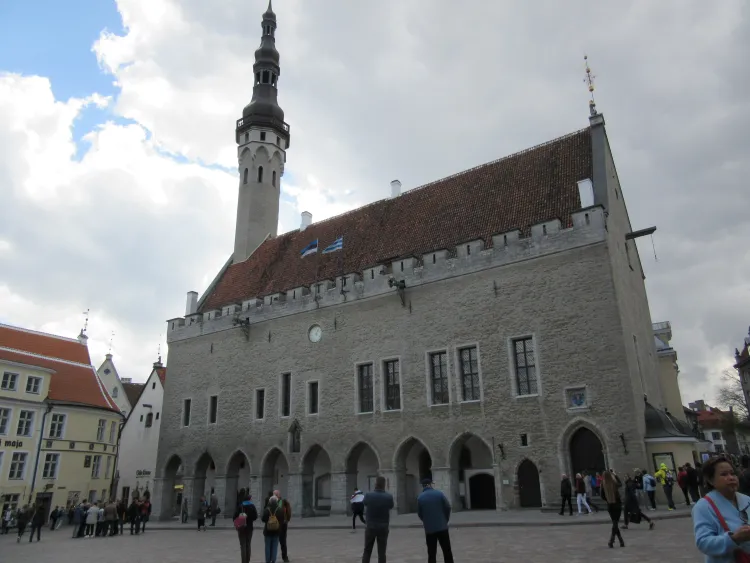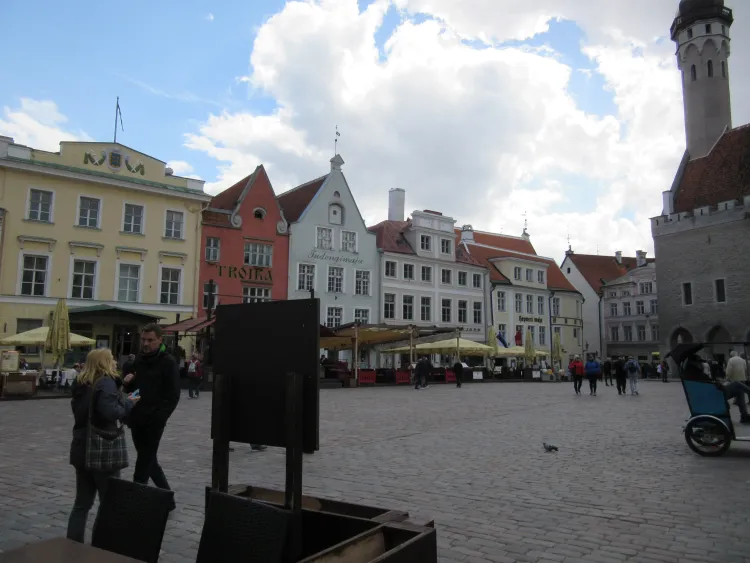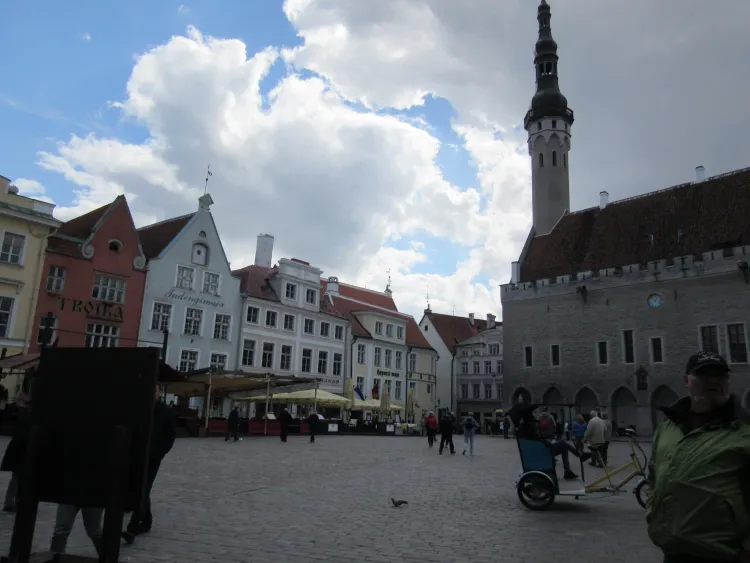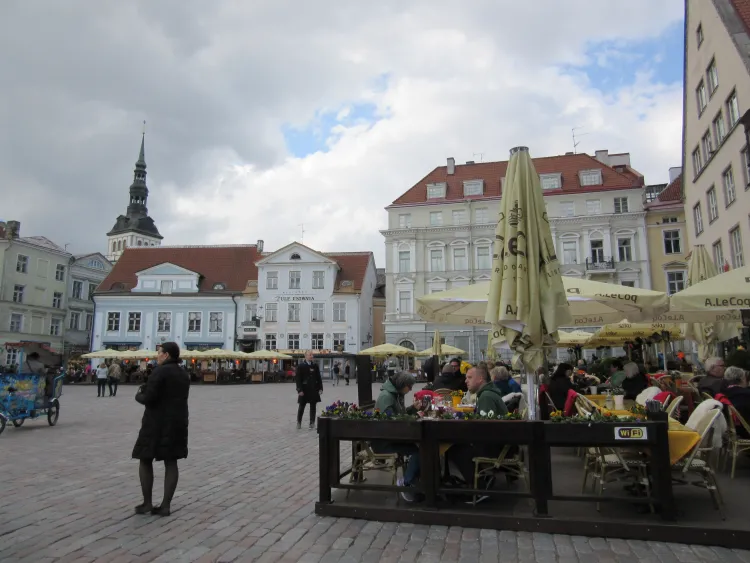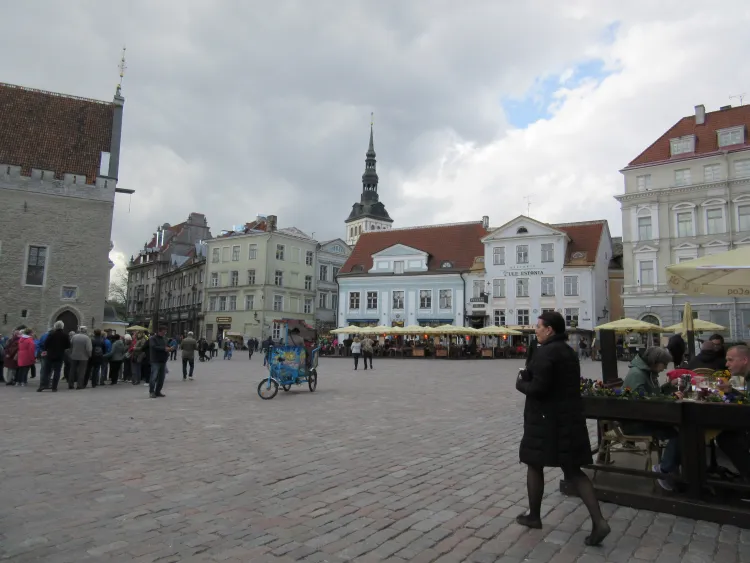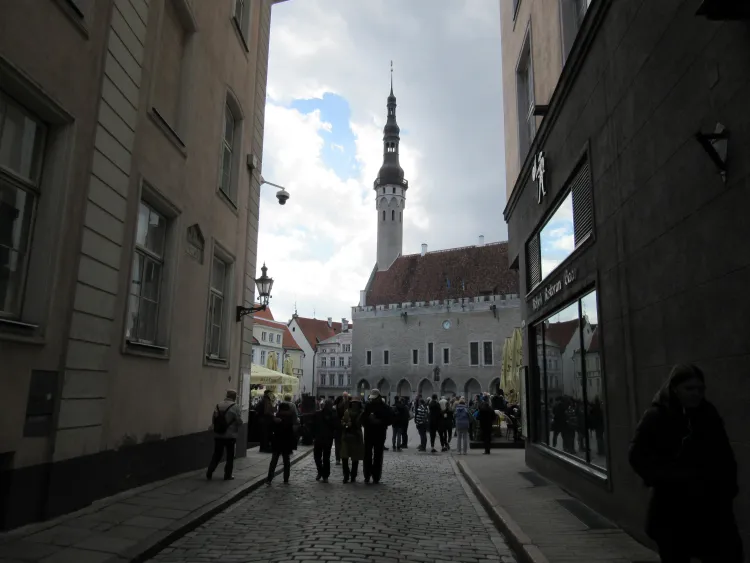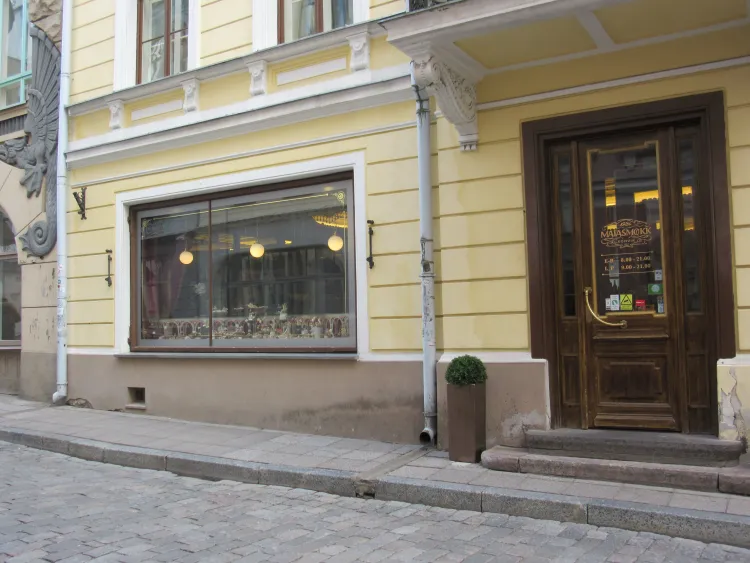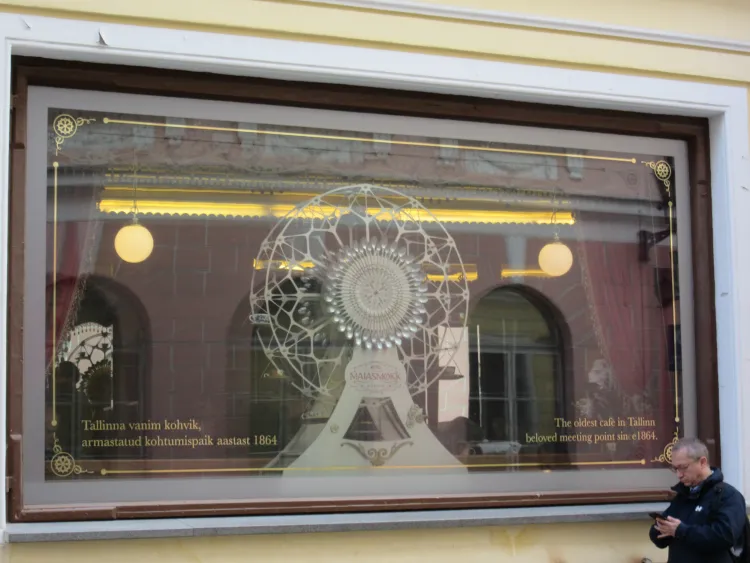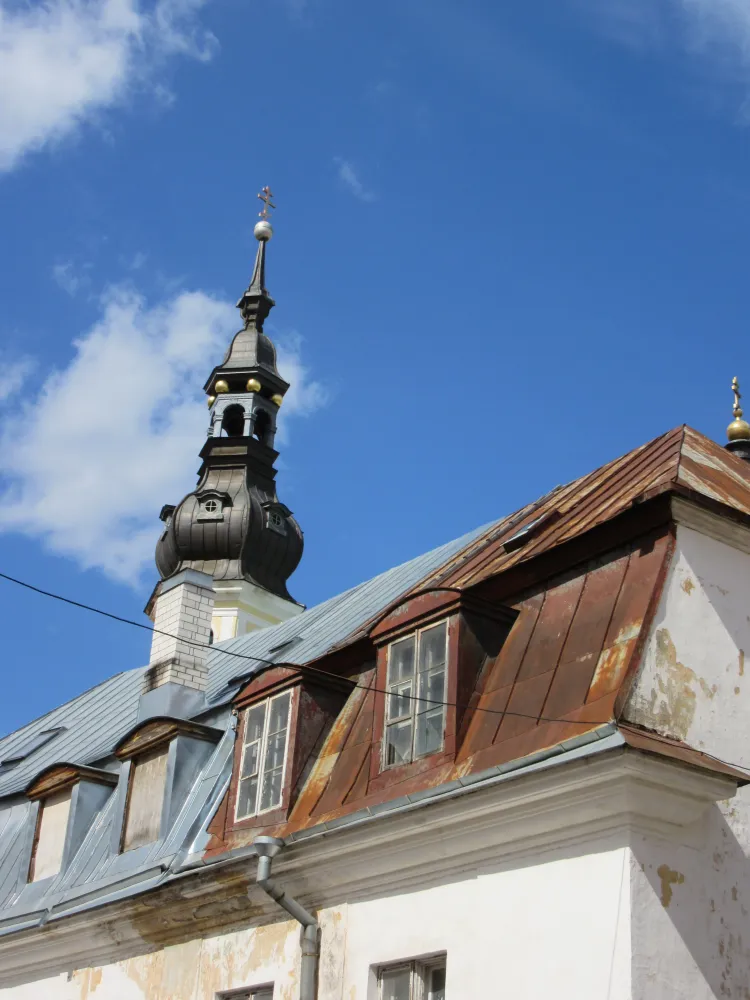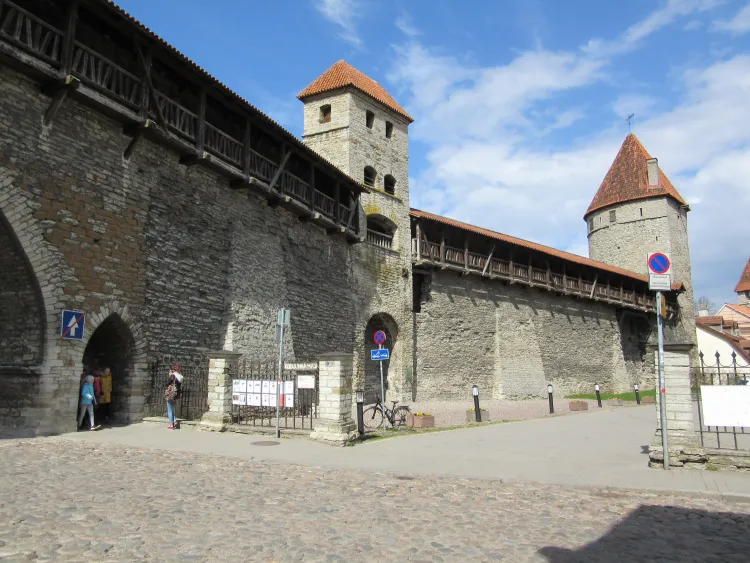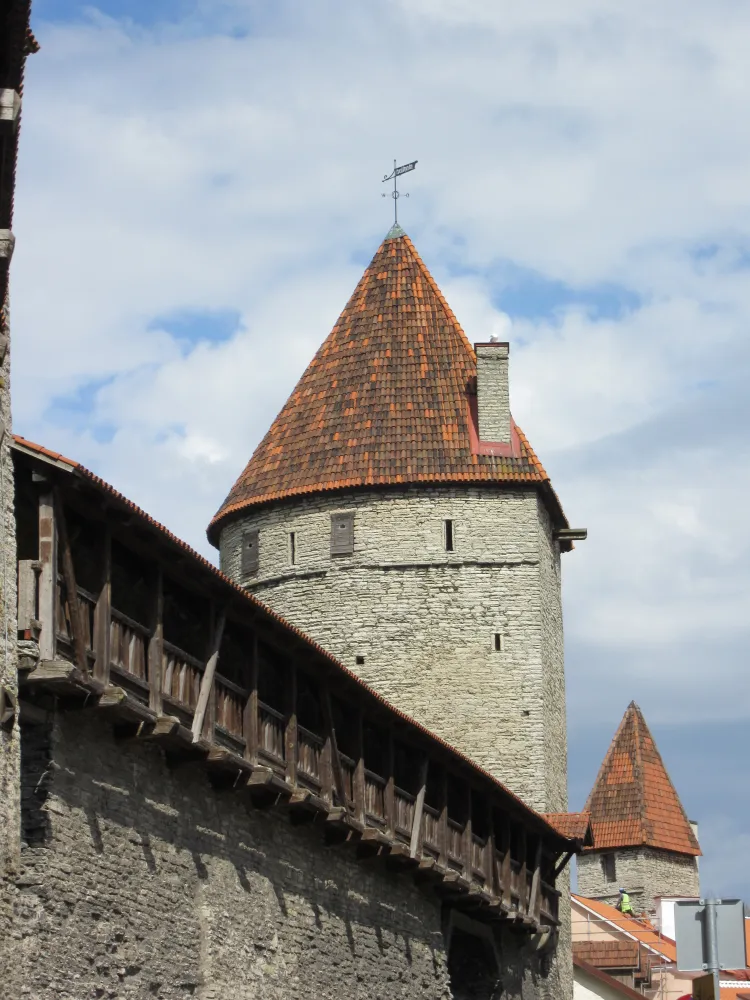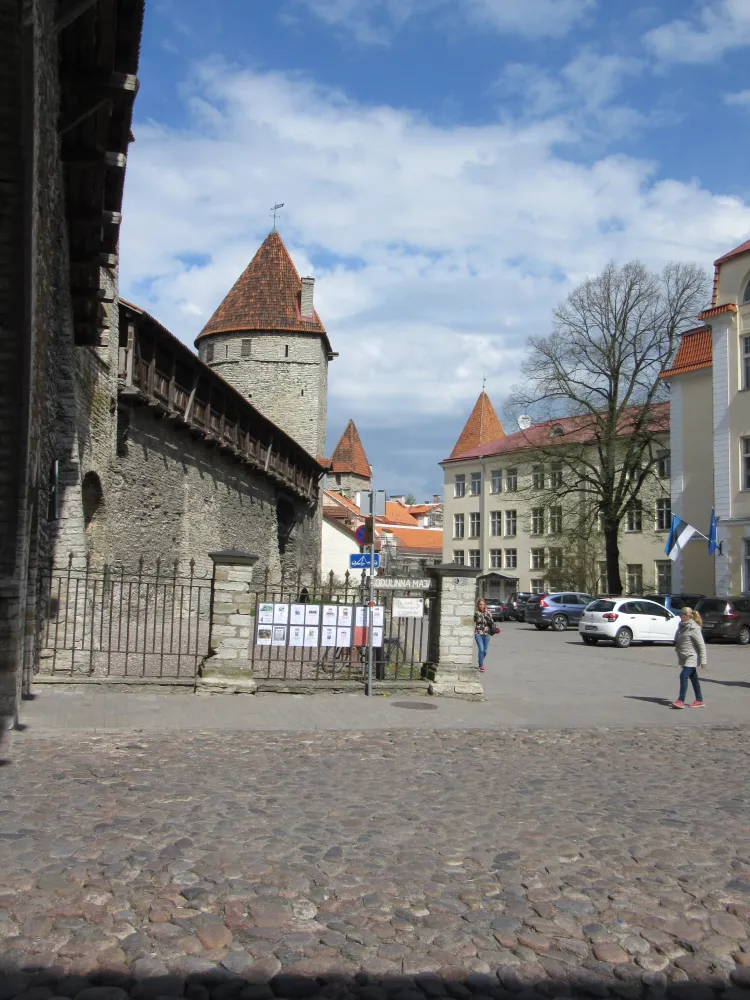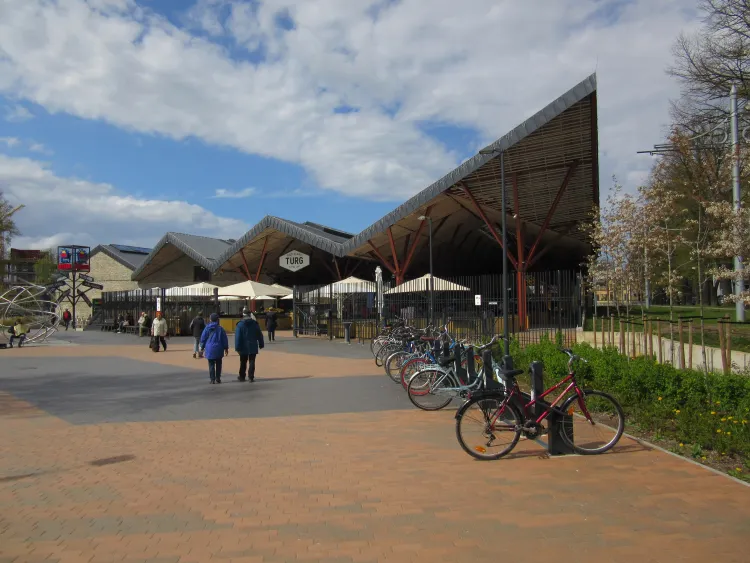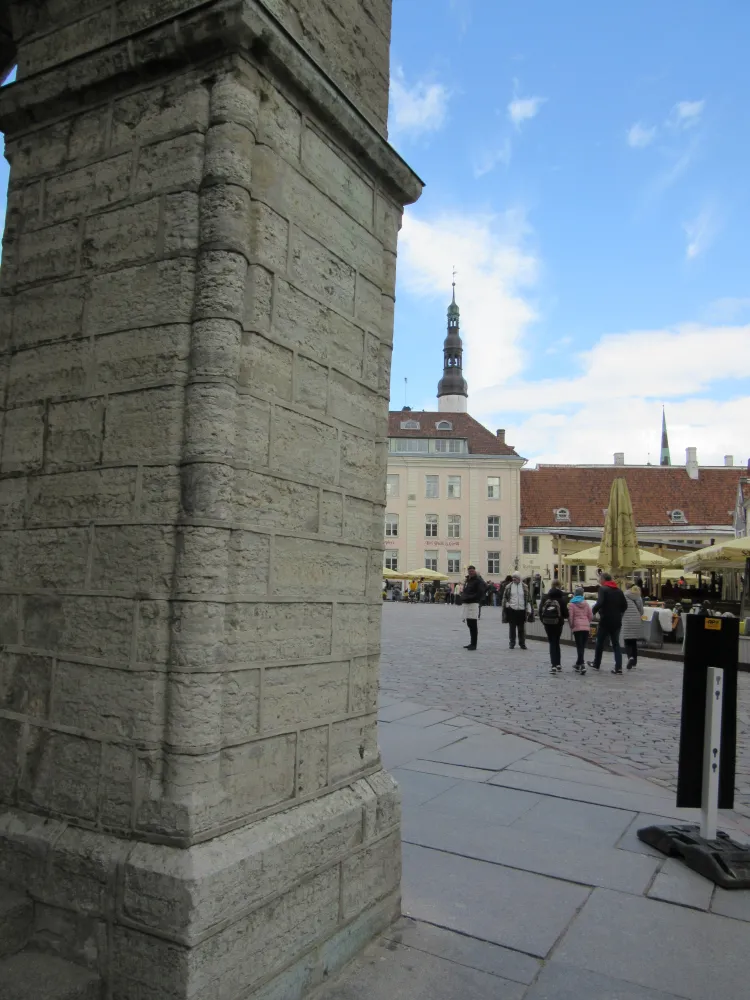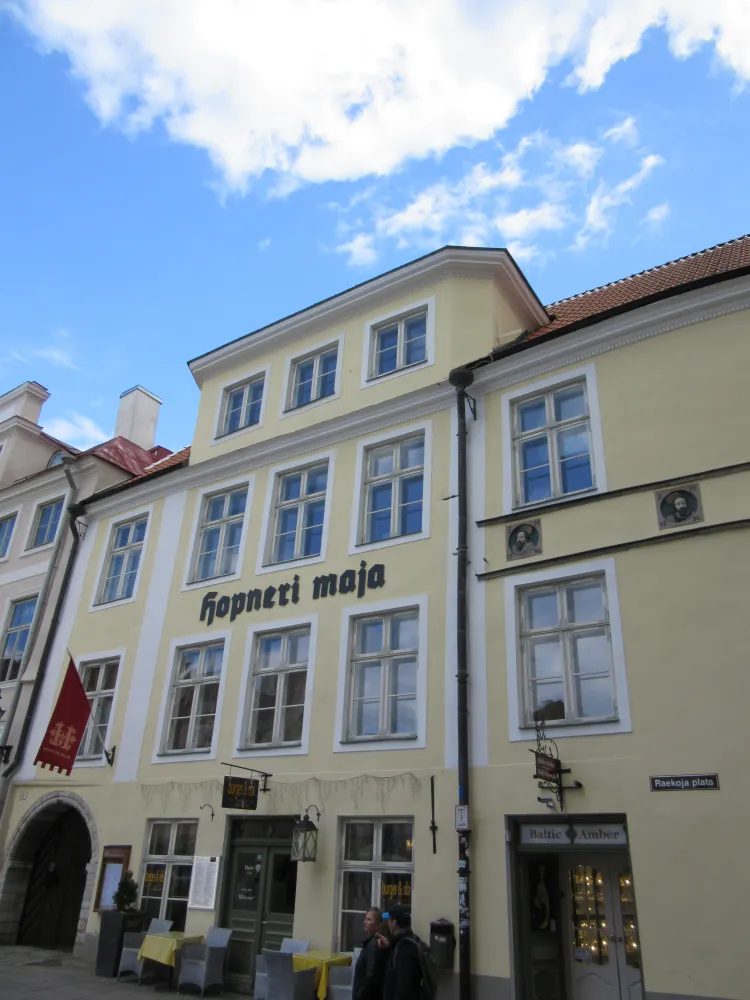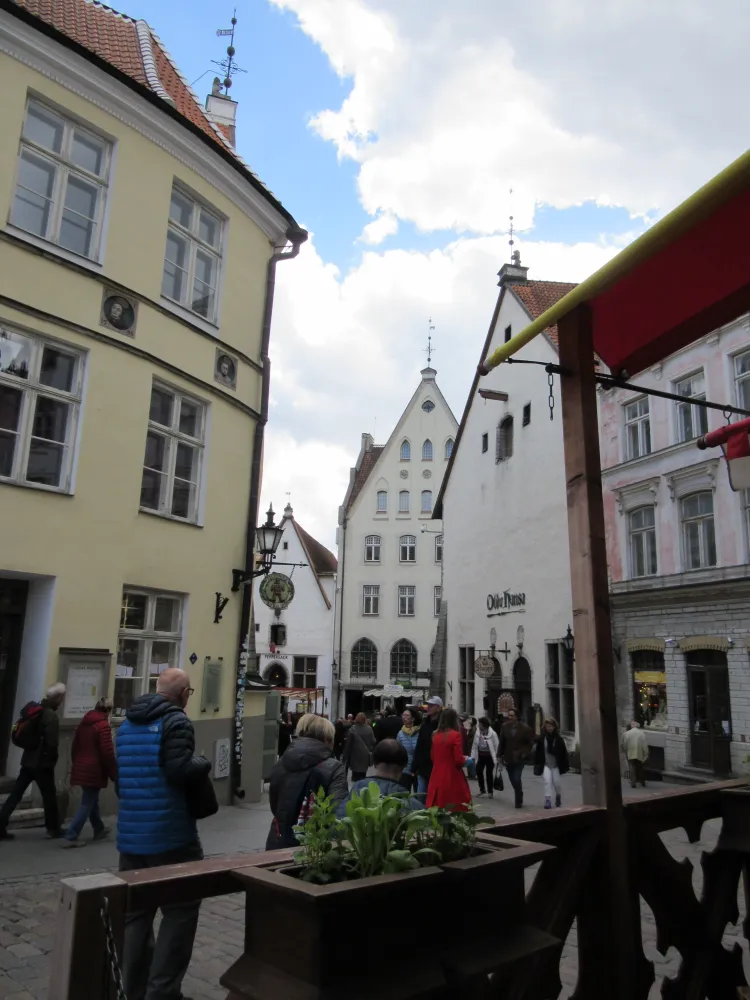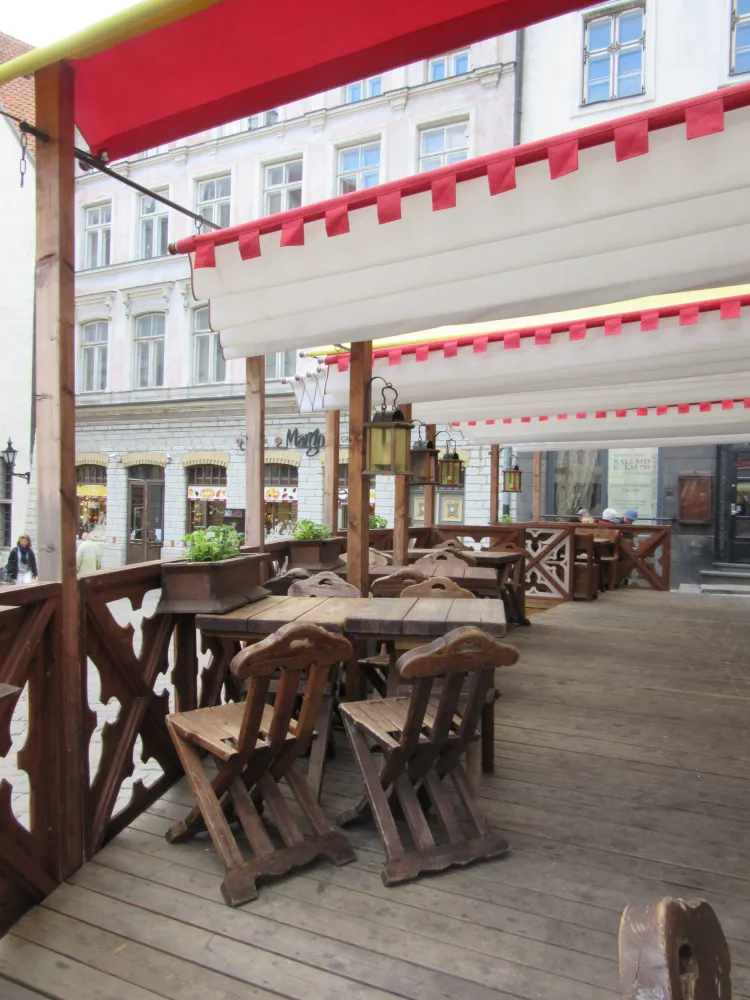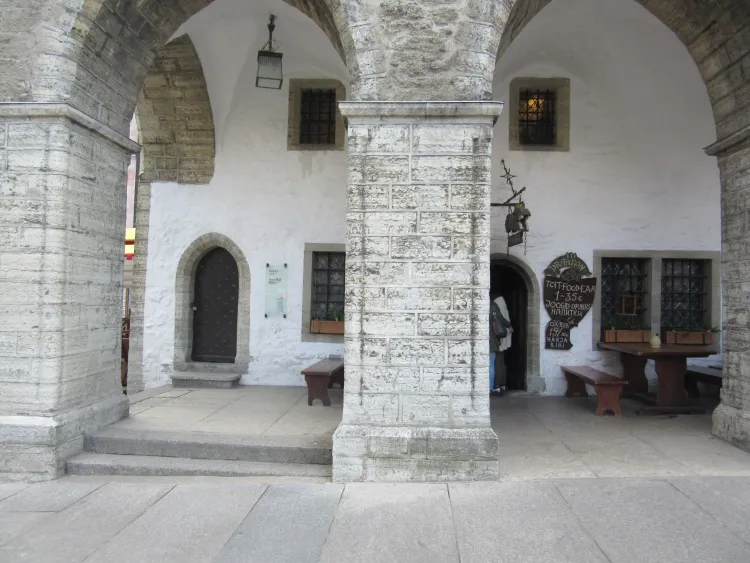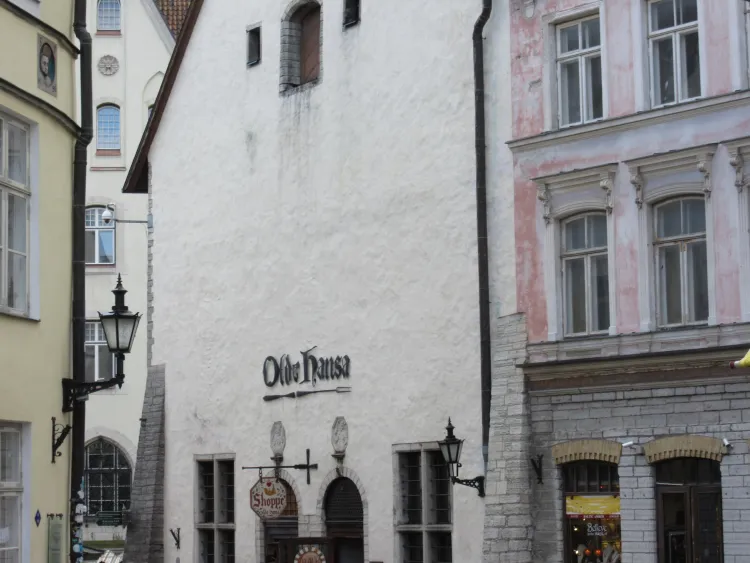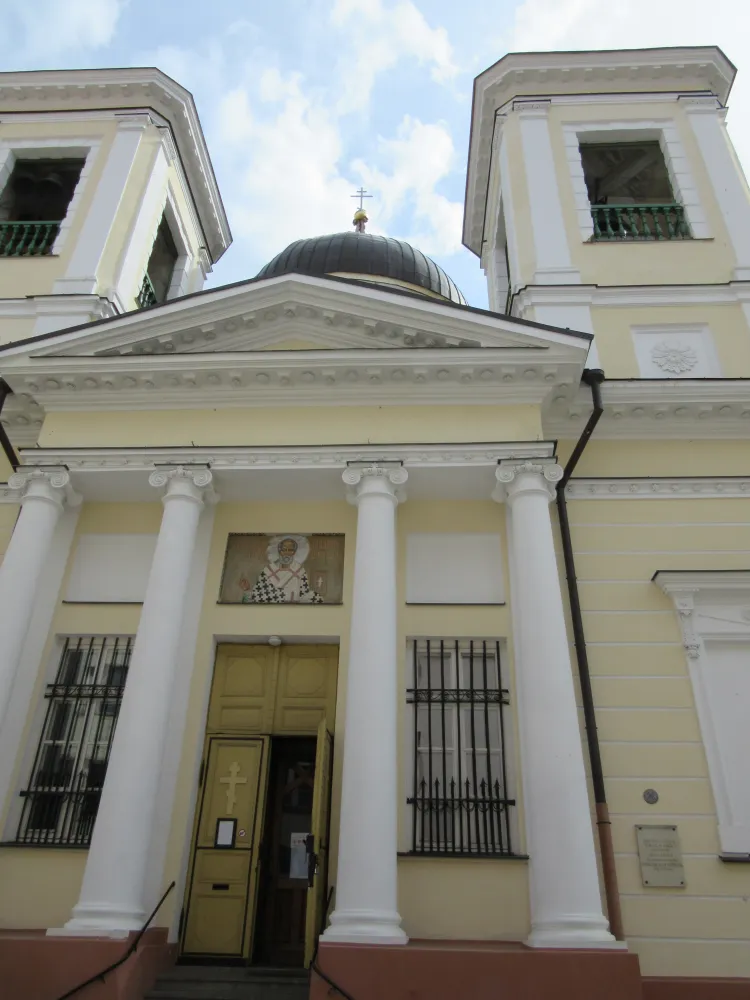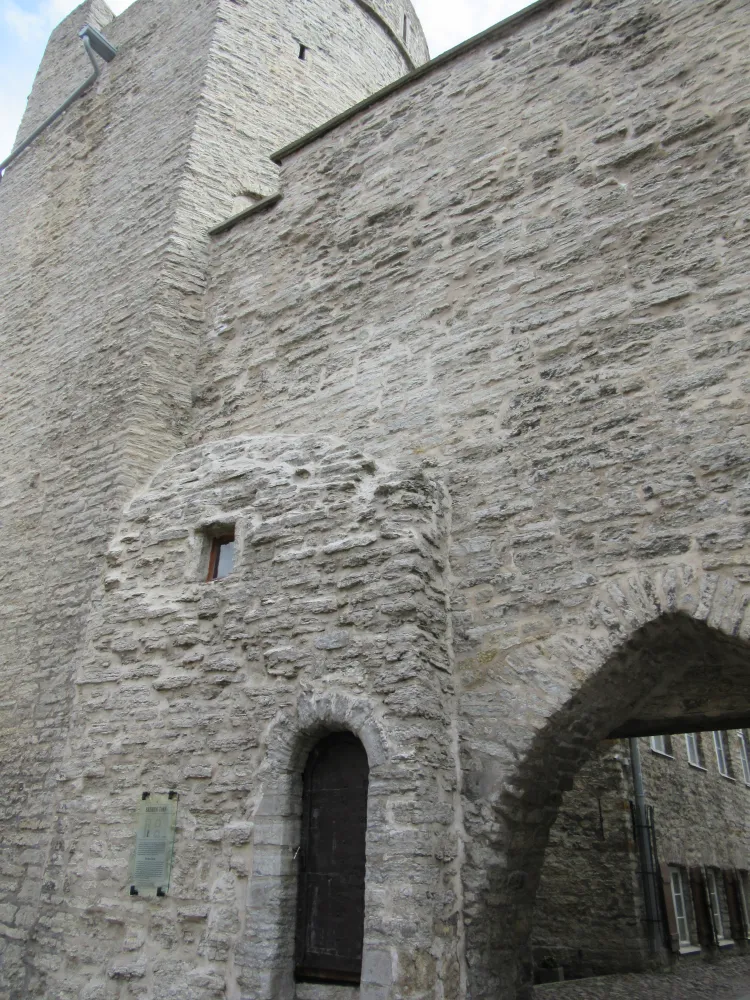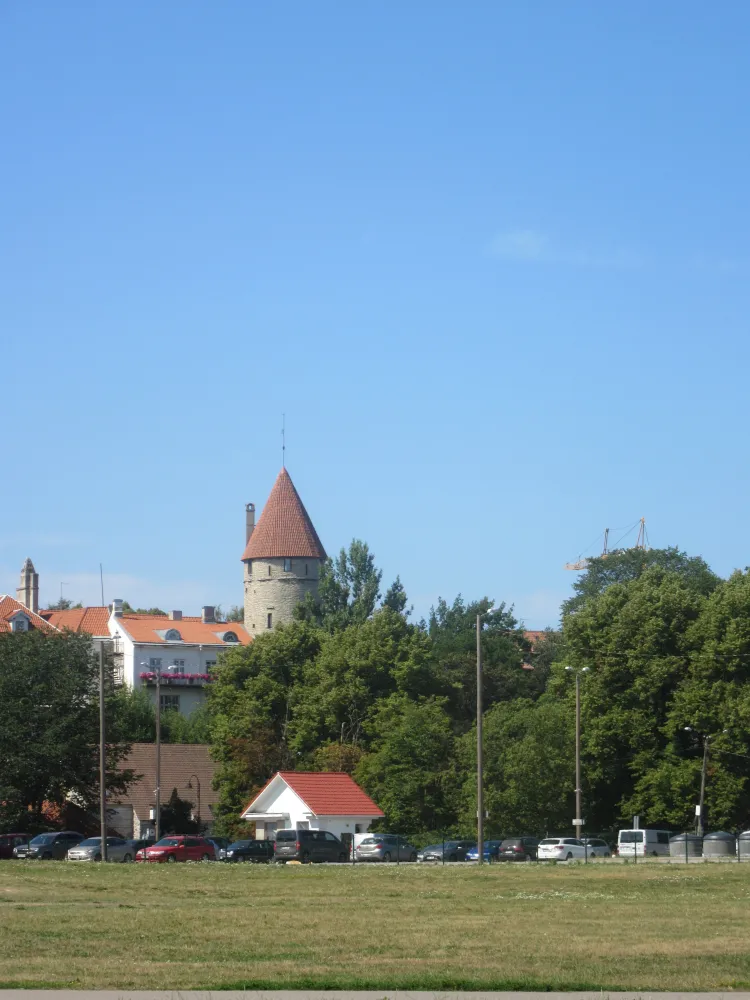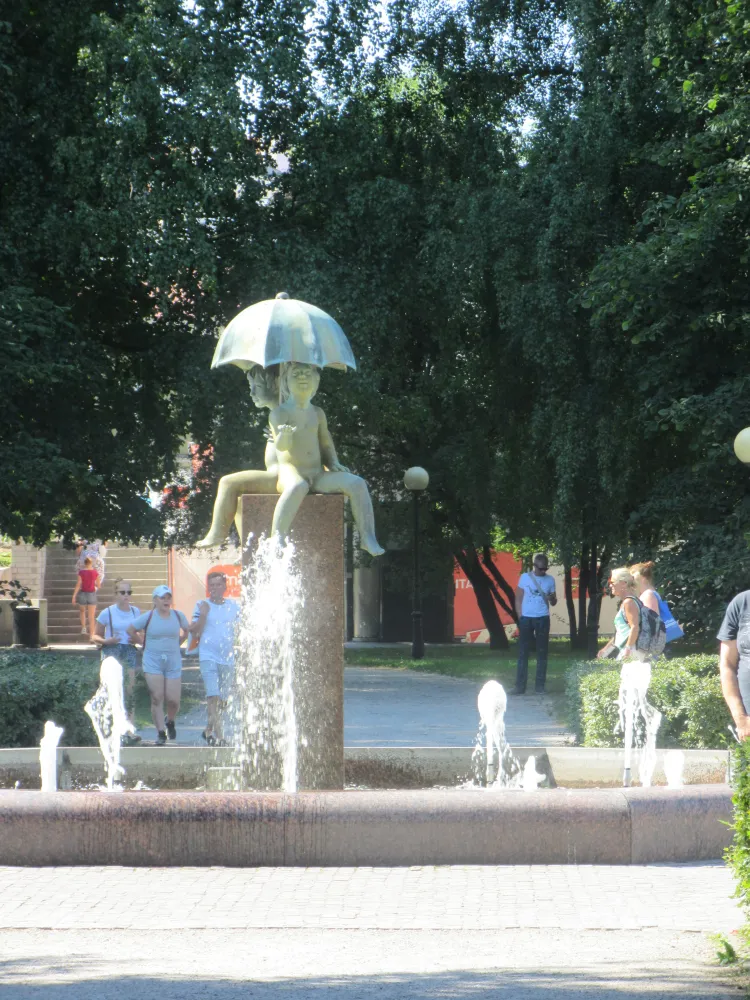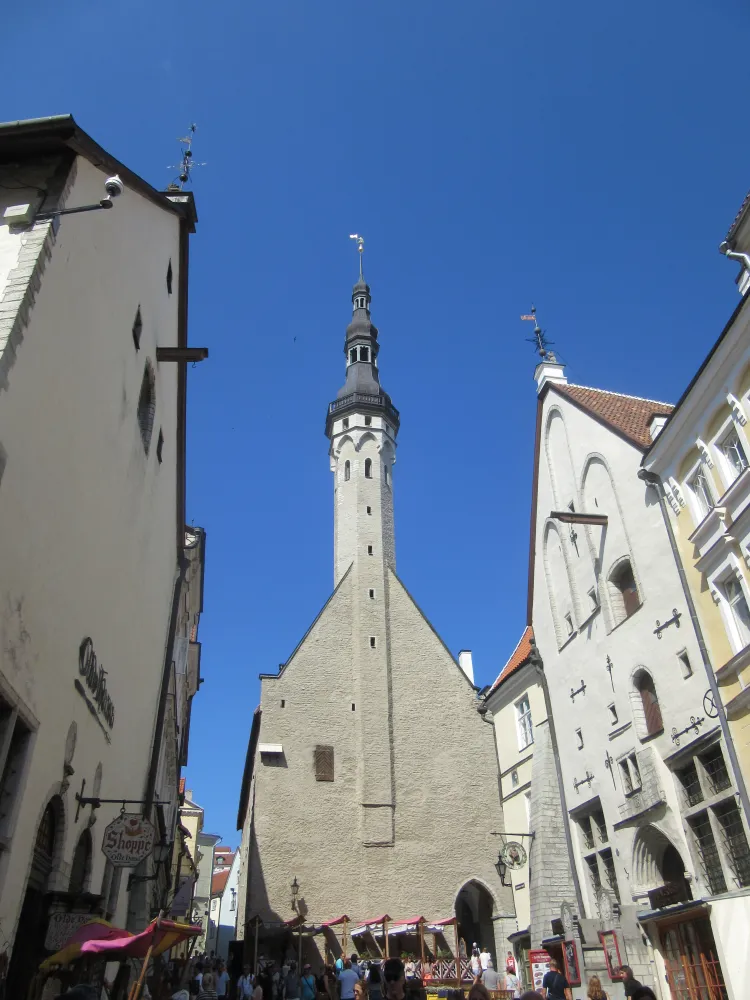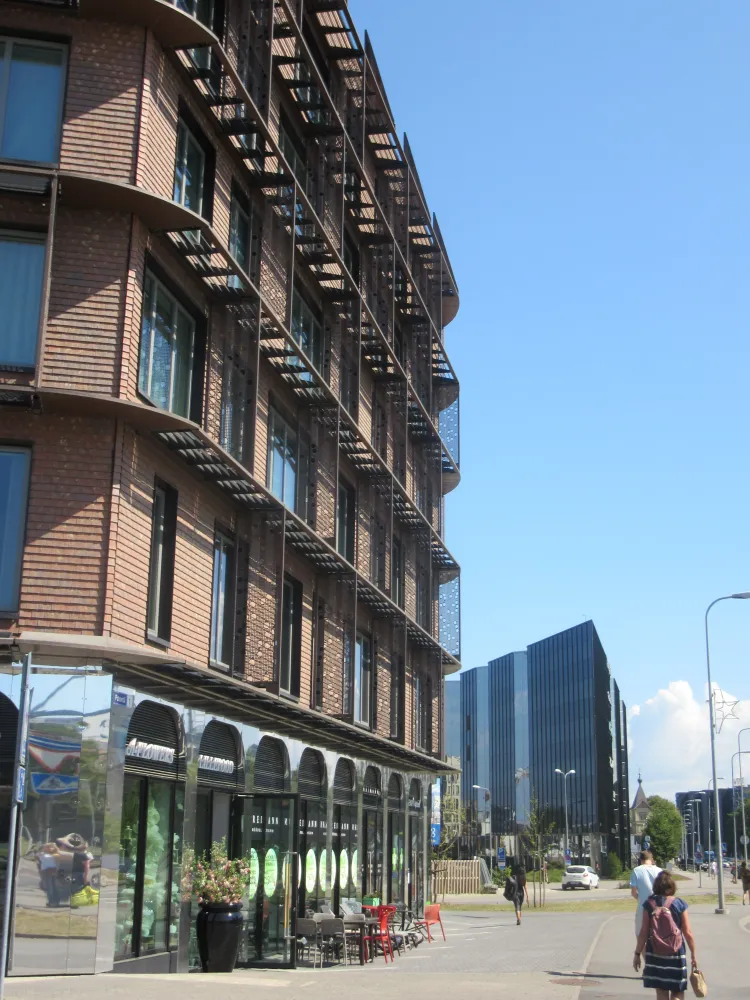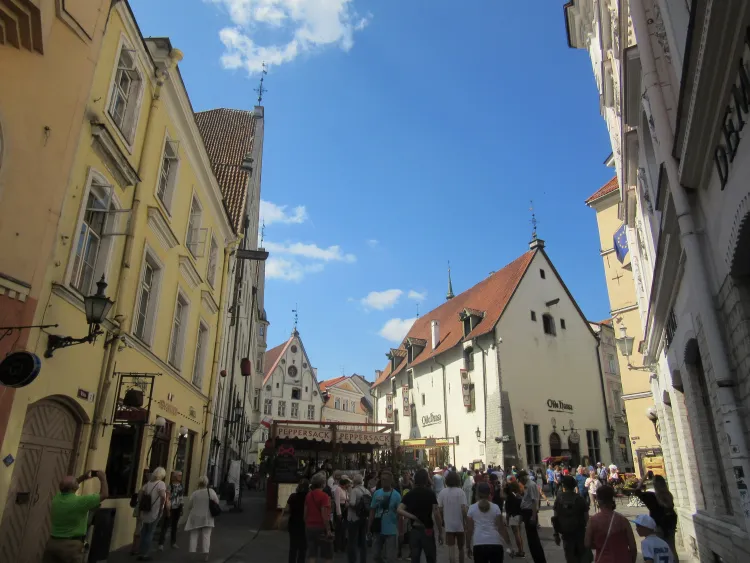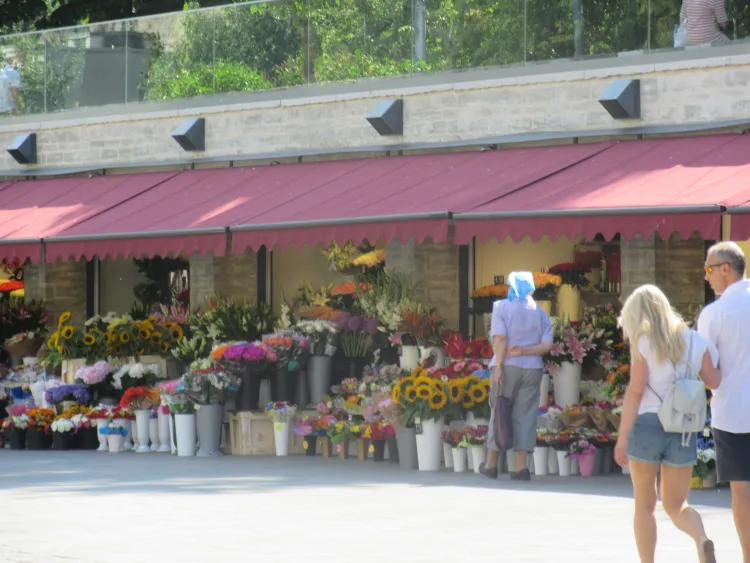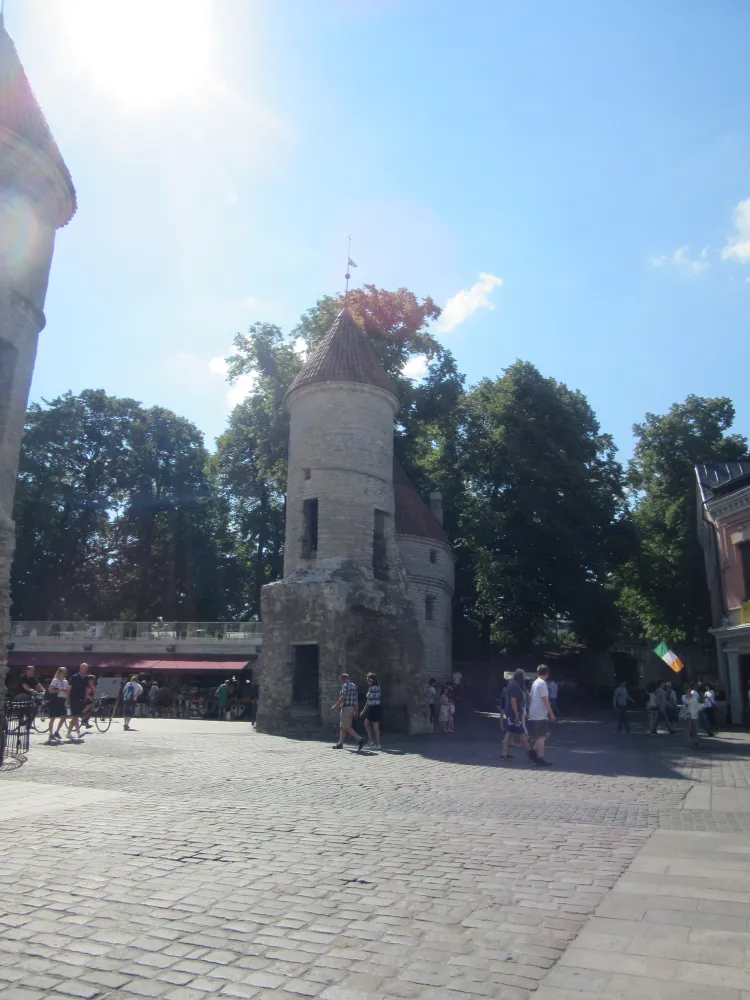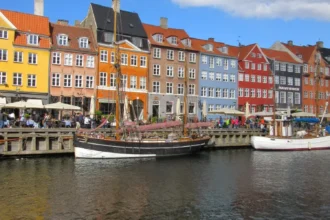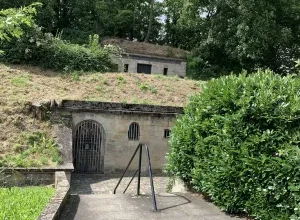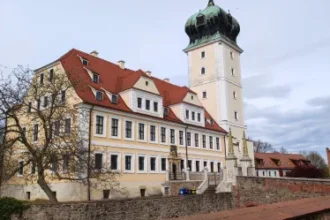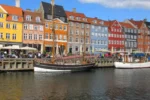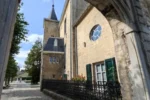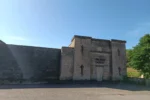During my first visit to Estonia’s capital Tallinn, I just couldn’t seem to get excited about the city. Maybe it was the freezing cold weather in the middle of May. Everything seemed gray to me, and the cold wind blowing around my ears did its worst. I was not very enthusiastic about Tallinn. It was only on my second visit to Tallinn many years later that the fire was kindled in me. This is a classic case of love at second sight. On my second visit, the Estonian capital showed itself from its most beautiful side and in glorious summer weather. The sun was shining and it was incredibly hot. Tallinn, which was called Reval until 1918, is located in the Gulf of Finland on the Baltic Sea and is divided into the old town with its characteristic fortifications consisting of a kilometer-long and 16-meter-high cobblestone city wall with 30 defense towers, and a modern city center on Freedom Square. In the modern city center, there is a large shopping center called Viru Kesku, which leaves nothing to be desired when it comes to shopping. I love to go shopping, and here you can find both international and national brands from well-known fashion companies. It’s a dream come true for anyone who is addicted to shopping like me. Even if you have no desire to shop, you will still get your money’s worth and can explore Tallinn’s picturesque Old Town. I did both, because the distance from the modern city center to the old town is very short and easily walkable. The old town is one of the best-preserved from the Hanseatic era worldwide and is a UNESCO World Heritage Site, thanks in part to “Fat Margaret,” a cannon tower in the well-preserved 13th-century city wall. The tower is four stories high, has a diameter of 22 meters, and was used alternately as a defense tower, barracks, and prison. The “Long Hermann,” a 50-meter-high tower with a 30-meter foundation and a diameter of 10 meters, part of the medieval castle on the nearly 50-meter-high Toompea Hill, also contributed to this. Opposite the castle stands Alexander Nevsky Cathedral, which stands out from the rest of the buildings due to its Byzantine architectural style. The typical Russian onion domes, once in brilliant gold, were a distinguishing feature for members of the Orthodox community. Not far from there is the mighty Kiek in de Kök gun tower. It was also called “Look into the Kitchen” because the guards could allegedly see into their neighbors’ kitchens. The tower has a diameter of 17.5 meters and the walls are 4.5 meters thick at the base. Currently, it houses a branch of the city museum. The old town is divided into the lower town and the upper town, which is located on the limestone hill Domberg. Here, too, everything is within walking distance. The historic town hall with its 64-meter-high tower, built in the 13th century, forms the center of the lower town and is also its heart. It is the only medieval town hall in the Nordic countries that has survived the ravages of time and retained its pure late Gothic style. Construction took around 30 years towards the end of the 14th century. Close by is the Holy Spirit Church with its octagonal Baroque tower. This is one of the oldest churches in the city. There are many small cafés and restaurants around the town hall that invite you to linger. The lower town is characterized by narrow streets and colorful hustle and bustle. Every time I visit Tallinn, I feel transported back to the Middle Ages, and the smell of roasted nuts, sold at small wooden stalls by women and men in medieval costumes, fills my nose. Everything in the old town reminds me of Tallinn’s great importance as a Hanseatic city in the Middle Ages. I discovered the Great Guild, a typical Hanseatic building that now serves as a museum of Estonian history. Tallinn’s old town has its own unique charm. St. Nicholas’ Church is located in Tallinn’s upper town on Toompea Hill. Here I can enjoy church art, and it also houses Tallinn’s most famous work of art, the painting Dance of Death by Bernd Notke. It is over 500 years old and conveys the world view of medieval people. Incidentally, the church was built in honor of the patron saint of sailors. After so much information, I head to the Pirita Promenade. Here I have a spectacular view of Tallinn’s rocky coastline and the skyline of the Old Town. Pure relaxation after such an exhausting day.
